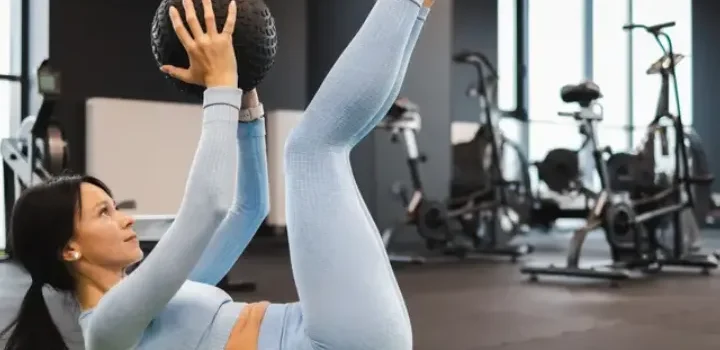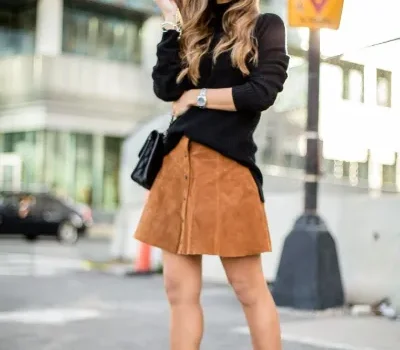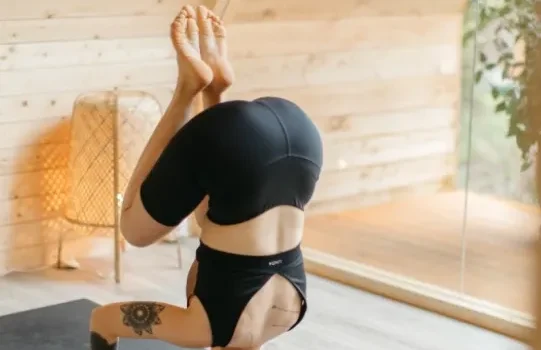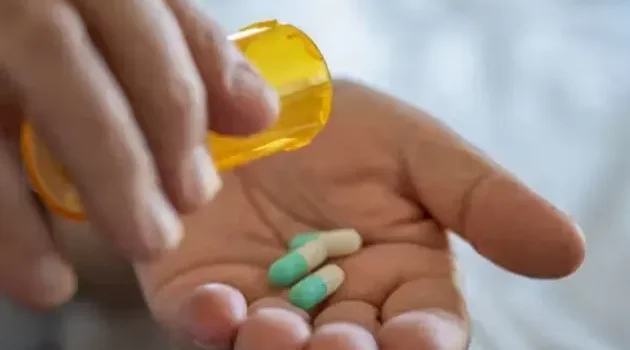
If you think you need a gym to get a great workout, think again. With just a park bench and your body weight, you can perform a variety of exercises that target every muscle group, improving strength, mobility, and endurance. By combining bodyweight exercises with the versatility of a park bench, you can get an effective workout anytime, anywhere, no equipment required.
Why a Park Bench?
Park benches are often overlooked as potential fitness tools, but they offer great versatility for various exercises. Whether you’re looking to build strength, improve mobility, or get your heart rate up, park benches provide a simple yet effective way to train. Here are a few exercises you can do using just a bench to build a full-body workout.
1. Assisted Squats
If you struggle with performing a full squat, a park bench can provide the support you need. One way to use the bench is by performing box squats, where you squat down to sit lightly on the edge of the bench before standing back up. Another option is the Amosov squat, which is great for improving ankle and knee mobility. By alternating between these variations, you can build the strength and mobility needed for deeper squats over time.
2. Step-Ups and Side Step-Ups
Step-ups are a fantastic exercise for strengthening the glutes, hips, and legs. Use a park bench to perform step-ups by placing one foot on the bench and pushing through the heel to lift your body up. Side step-ups, where you step sideways onto the bench, are also great for challenging the lower body from different angles. Start with a lower bench if you’re a beginner, and gradually increase the height as you become stronger.
3. Hip Thrusters and Single-Leg Hip Thrusters
Hip thrusters are a powerful exercise for strengthening the glutes and hamstrings. Place your upper back on the bench and your feet flat on the ground, then lift your hips toward the ceiling, squeezing your glutes at the top. To make the exercise more challenging, try single-leg hip thrusters, which target each leg individually, increasing the load on each glute. These exercises also help improve hip drive and can be scaled up as your strength improves.
4. Bulgarian Split Squats
The Bulgarian split squat is an excellent exercise for building unilateral strength and stability. Stand facing away from the bench and place one foot on the seat behind you. Lower your back knee toward the ground, keeping your front knee aligned with your ankle. This exercise not only targets the glutes and quads but also helps improve hip flexor mobility and knee stability. It mimics the movements we use in daily life, making it an essential part of any workout routine.
5. Assisted Push-Ups and Decline Push-Ups
If you’re working up to full push-ups, using a park bench for assisted push-ups can help. Place your hands on the bench and perform push-ups at an incline to reduce the amount of bodyweight you’re pushing. As you get stronger, you can move your hands lower, eventually progressing to standard push-ups.
For those who have mastered regular push-ups, decline push-ups are a great way to increase the difficulty. Place your feet on the bench to elevate your body, forcing your chest to travel further down with each rep and increasing the intensity.
Putting It All Together: The Park Bench Workout
Now that you have several exercises to work with, here’s how you can structure them into a workout routine. Choose the appropriate exercises based on your fitness level and perform each one for 40 seconds, followed by a 20-second rest. Repeat the circuit 2-3 times if you’re a beginner, or 3-5 times if you’re more experienced.
Beginner Circuit:
- Assisted Squats
- Assisted Push-ups
- Hip Thrusters
- Dead Man’s Crawl
Intermediate/Advanced Circuit:
- Step-ups, Side Step-ups, or Bulgarian Split Squats
- Decline Push-ups
- Single-Leg Hip Thrusters
- Dead Man’s Crawl
This workout can be done anywhere there’s a park bench. No gym membership or fancy equipment needed—just your body and a bench. With the right exercises and consistency, you’ll find that park benches are a great tool to add variety to your workouts while still targeting all the essential muscle groups. Give it a try, and you’ll never look at a park bench the same way again!



















